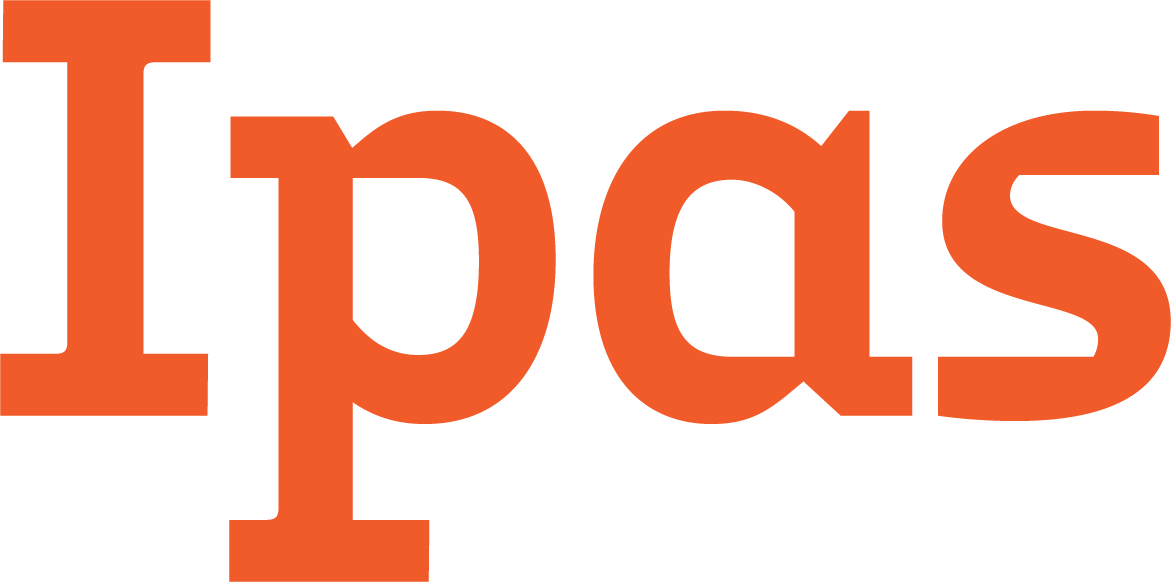A mobile health referrals system in Busia County, Kenya
A critical element for ensuring that women and girls get the reproductive health care they need is an effective referrals system, linking communities with health-care facilities. In Busia County, Kenya, Ipas recently worked with county health officials, health-care providers and community members to design and test a mobile referrals system. It replaced logbooks and paper referral slips with smartphone applications and text messaging — and proved to be a promising way to link women and girls to reproductive health care services.
The problem(s) with paper
Health referrals – whether for an initial consultation or follow-up care – are a common practice within health systems. Ideally, they ensure that clients get the best possible care closest to home. This is especially critical when it comes to reproductive health services that are not used regularly but require timely access to care.
In western Kenya, Busia County’s referral system, like any system reliant on paper, has inherent problems and challenges. Paper referral slips can, for example, get lost, damaged or filed in the wrong place. As Shadrack Juma, one of several community health volunteers (CHVs) who helped design and test the mobile referrals system, notes:
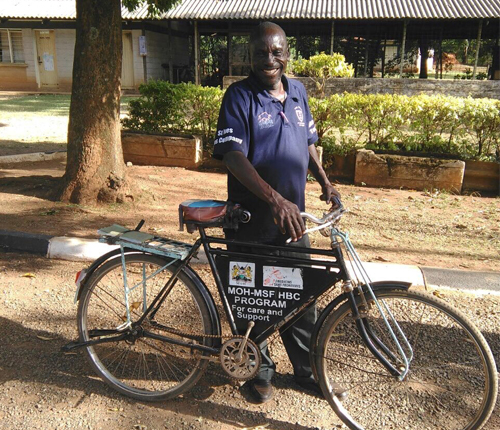
CHV Shadrack Juma often escorts his clients to the health facility after making a referral for reproductive health services.
“Maybe the rainfall has fallen, and those papers, it has gotten on. Maybe the client goes with the paper in the facility and it gets lost, or the doctor or service provider loses it.”
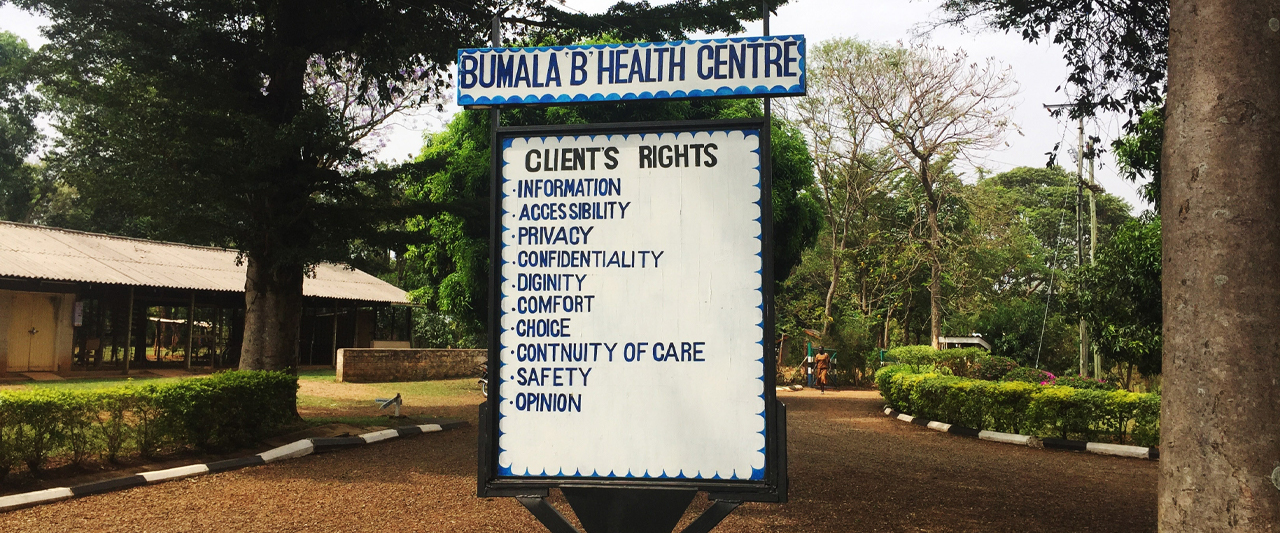
Ipas conducted a scoping visit to Bumala B Health Center to learn about the referral system used in Busia County.
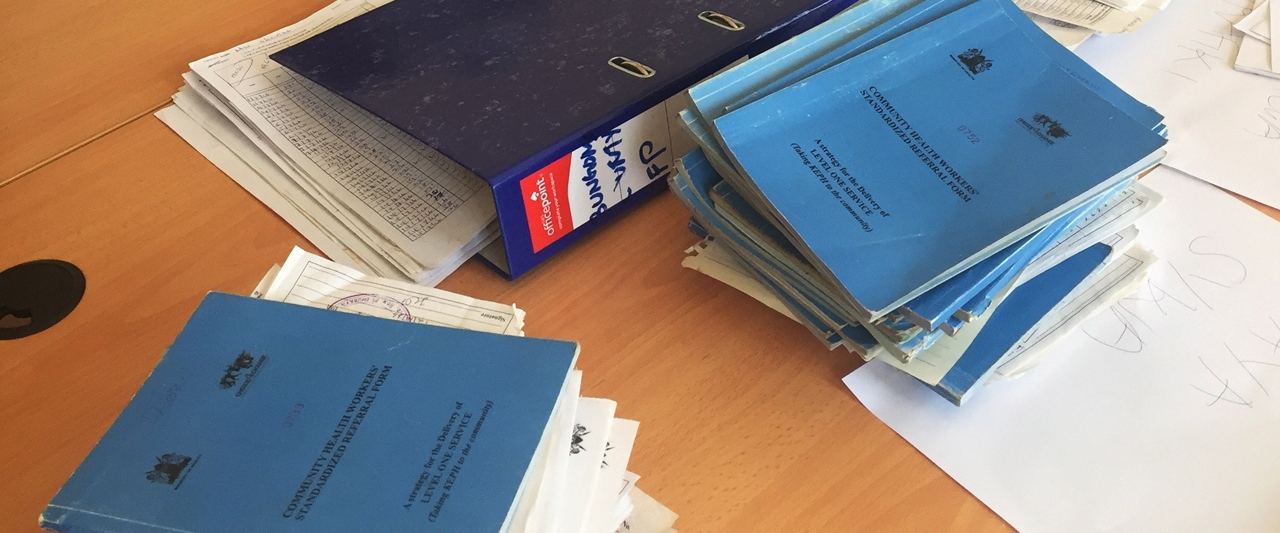
Stacks of paper referral forms from healthcare facilities in Busia County.
A digital system centered around users
With the goal of developing a user-centered system, Ipas’s project brought together county health officials, health-care providers, community health extension workers (CHEWs) and CHVs to design and test the mobile referrals system, with assistance from the technology company Dimagi.
“We wanted to engage users throughout the process, to ensure the referral system met their needs and the needs of the women and girls in their communities,” says Dr. Rebecca Braun, former senior advisor for digital health. “So we conducted scoping visits and early-user testing, seeking feedback on design and functionality. The community members, CHVs and health-care providers shared important ideas that really influenced the design, and we also got helpful input from the County Health Management Team.”
Protus Barasa, who lives and works in Busia County, served as Community Coordinator for the project. “He was the engine behind all this great work,” says Dr. Erick Yegon, former senior research and evaluation advisor for the Ipas Africa Alliance. “Protus was the one really out in the field, doing the day-to-day problem-solving with users once the system was set up. He played an essential role in linking the community to the health-care system.”
Barasa himself credits the community and its willingness to try out the new referrals system. “Community ownership made this project successful…Everyone was ready to learn and ready to work using the mobile phones.”
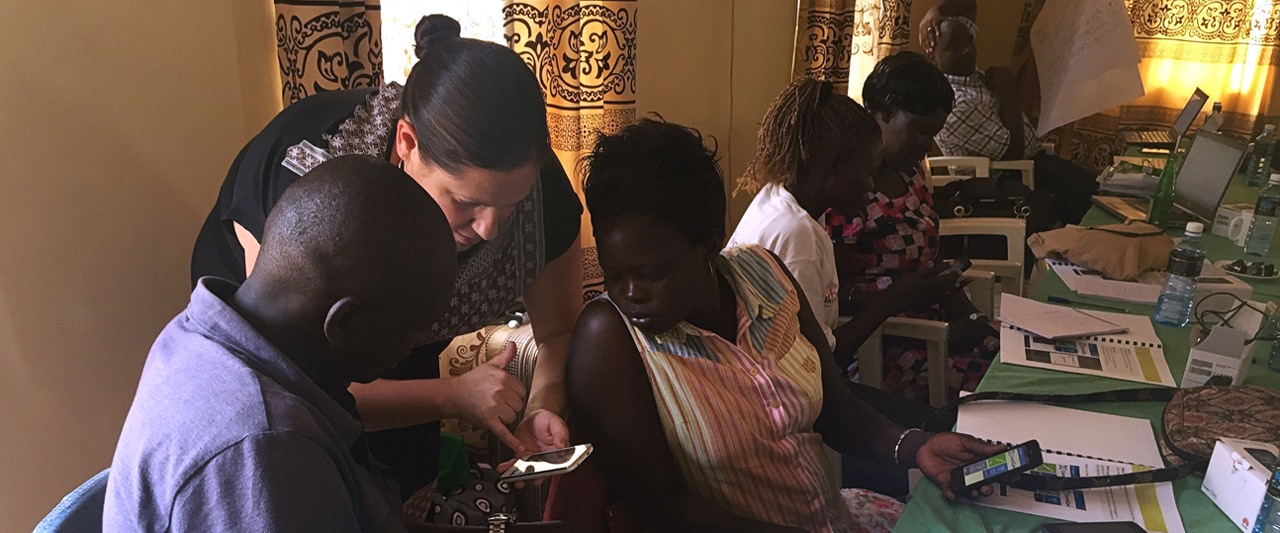
CHVs Joseph Nyongesa (left) and Lecticia Otwane (right) participate in a training on the mobile referral system with Dr. Rebecca Braun.
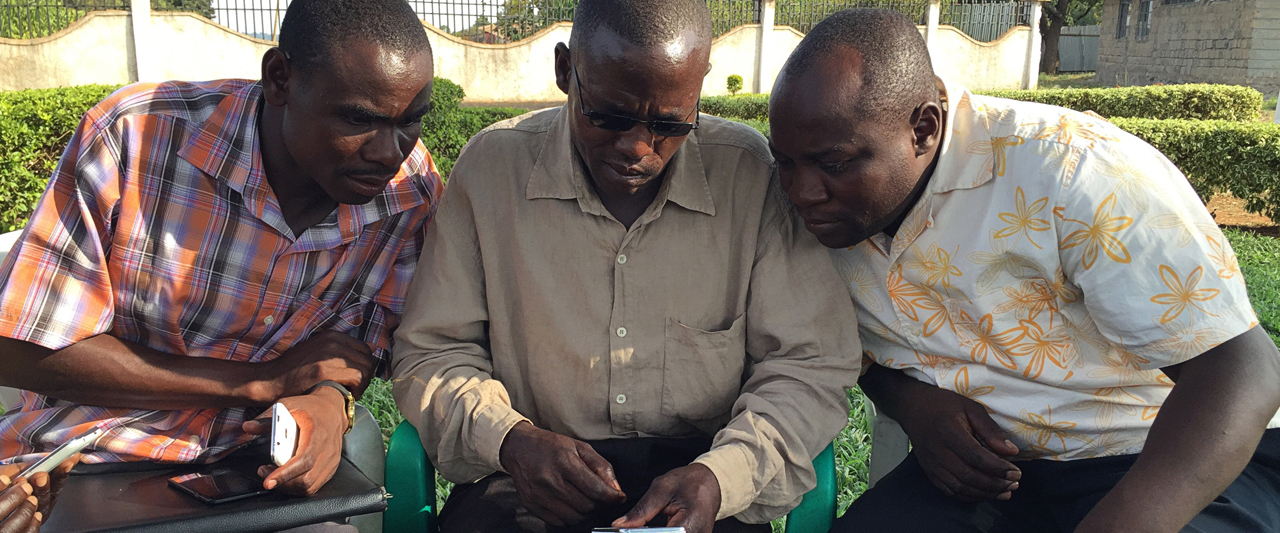
CHV George Okwaro (center) gives feedback to Ipas staff on an early version of the mobile referral system.
Improving the link between the community and the health system
Ipas’s mobile referrals project was carried out at five public health-care facilities in Busia County, Kenya. CHVs and health-care providers used the new mobile referrals system to initiate and track referrals, contact clients about follow-up care, and get feedback on the quality of services that clients had received. Clients could receive information about their appointments and services via phone calls or texts, and were able to directly contact CHVs for additional support.
Throughout the six months of the project, a total of 4,457 mobile referrals were provided to clients at the five facilities. Seventy-five percent were for reproductive health services. Clients participating in the pilot referrals system were given the option of mobile, paper or verbal referrals; 98 percent chose mobile referrals.
Prudence Yawetsi, a nurse at Kunyanghu Sub-County Hospital, says the project helped providers reach more clients. Normally, she says, “the nursing department gets kind of confined within a hospital setup. We rely on the CHVs to be able to talk to clients and bring them to us.” With the help of the mobile referrals system, she says, “We’ve been able to make SMS (i.e.,text messages) and calls directly to the CHVs and to our clients. It has improved the relationship between health-care providers and clients.”
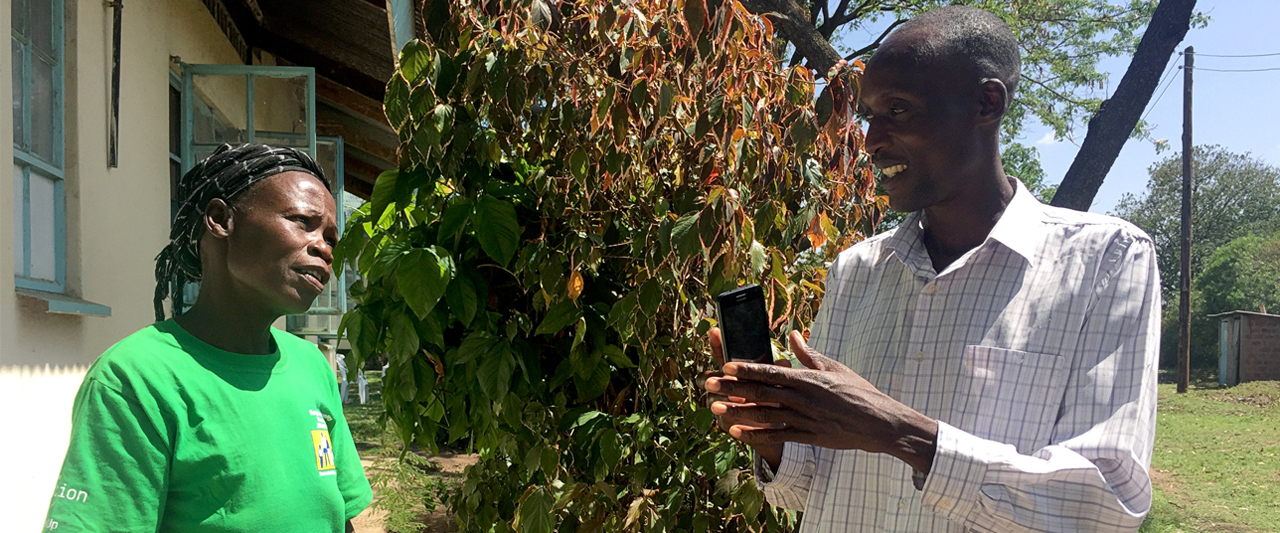
“With the use of phones, we are respected, and we have been recognized as very important people in the community.” CHV Evans Mola (right)
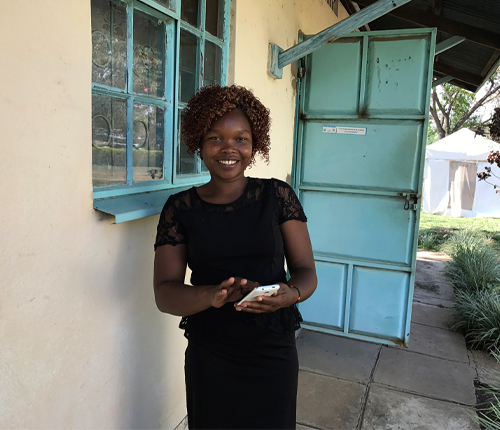
“When I receive a client, I am ready knowing they are on the way and when they come they get fast service.” Provider Jesca Chelangat Tember
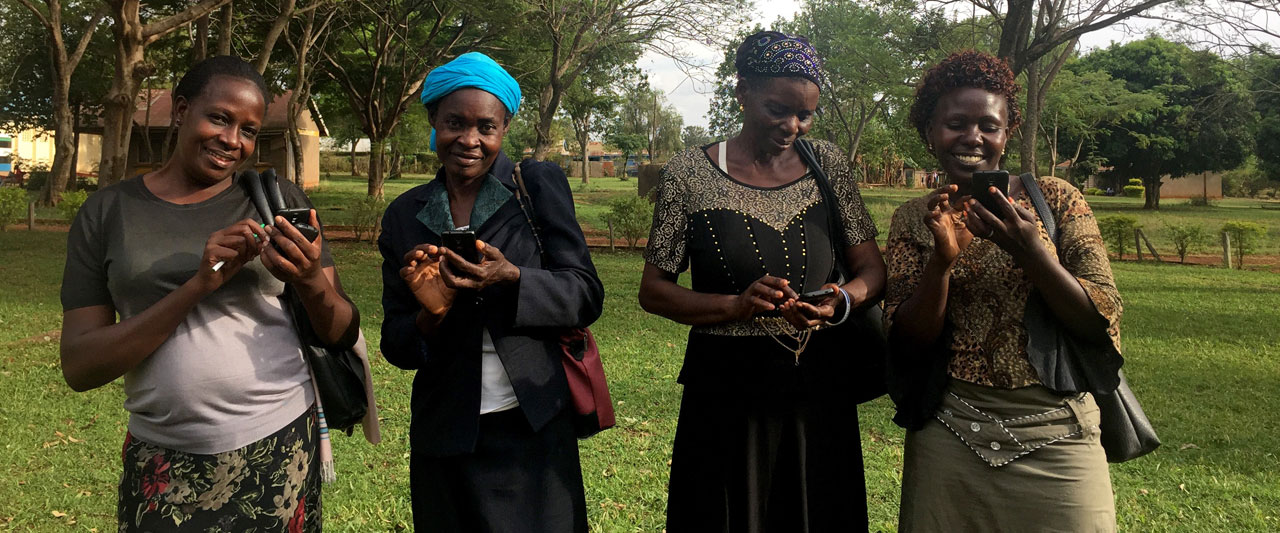
CHVs Agnes Barasa, Selina Onyango, Gladys Panyako and Maximilla Barasa used smartphones to track health-care referrals.
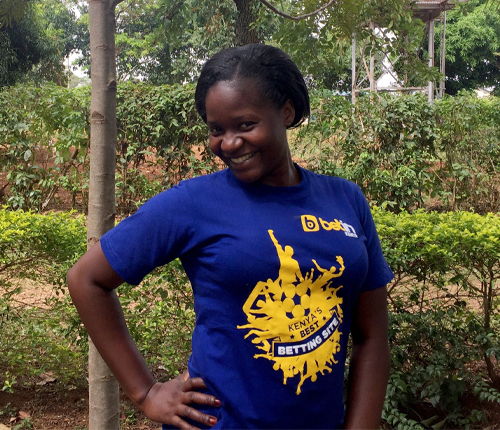
“The communication with the client has improved. They come and talk with you more, and they feel they are loved more.” Provider Violet Opuko
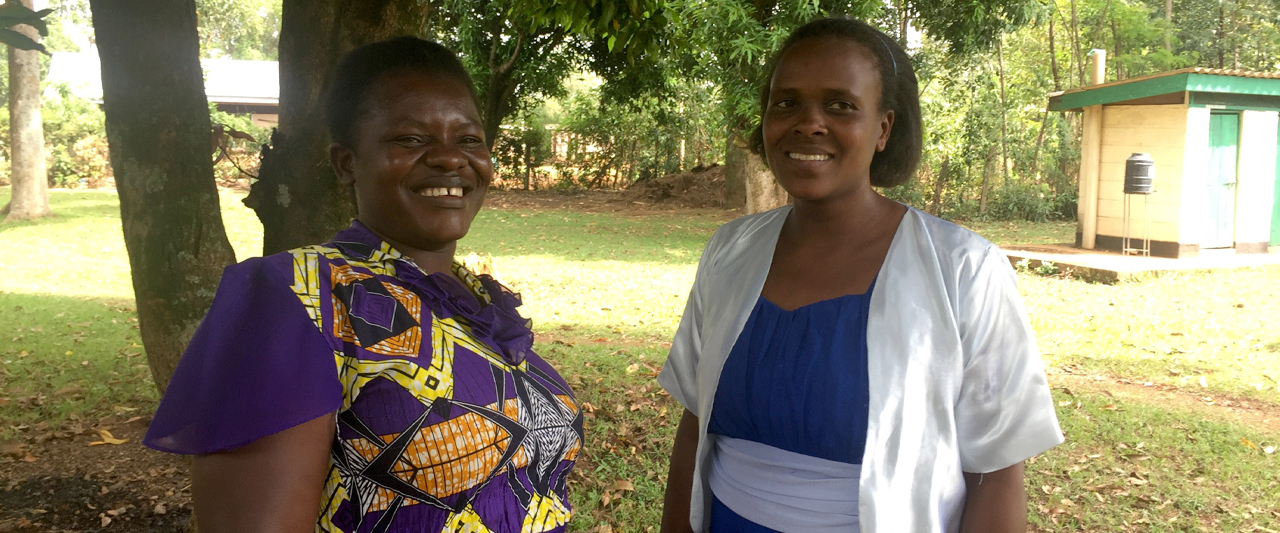
“Clients don’t carry anything, as the data is already in the hospital, so those who need private services are not afraid.” CHV Mildred Night (left) with Joyce Chemtai, also a CHV.
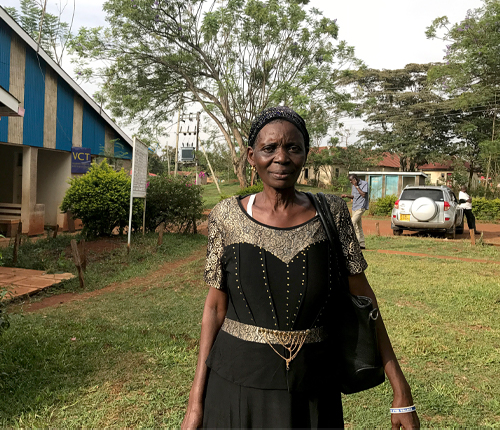
“Now we can call our clients and confirm whether they have reported to the health center, so the work is just easy.” CHV Gladys Panyako
A promising new approach
Results from the mobile referrals project are promising. In-depth interviews with CHVs and health-care providers indicate that the mobile referrals system:
- Supports communication and relationship-building
- Enhances client follow-up
- Improves data quality
- Protects clients’ confidentiality
- Improves service delivery
“We’ve learned that digital health is ideally suited to projects that link the community to the health-care facility,” says Dr. Braun. “This approach provides an opportunity to reach a broad audience in a cost-effective way, with interactive, responsive tools like mobile phones, that can promote privacy and confidentiality, and provide real-time information. And these are tools that women and girls already use every day of their lives, in a variety of ways.”
For more information, contact [email protected].

